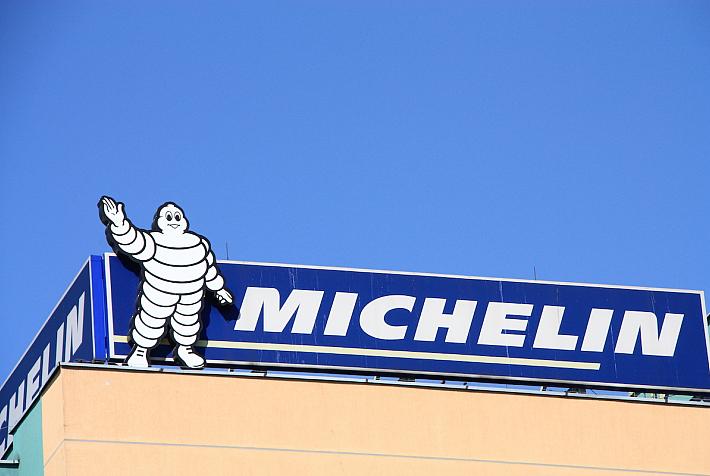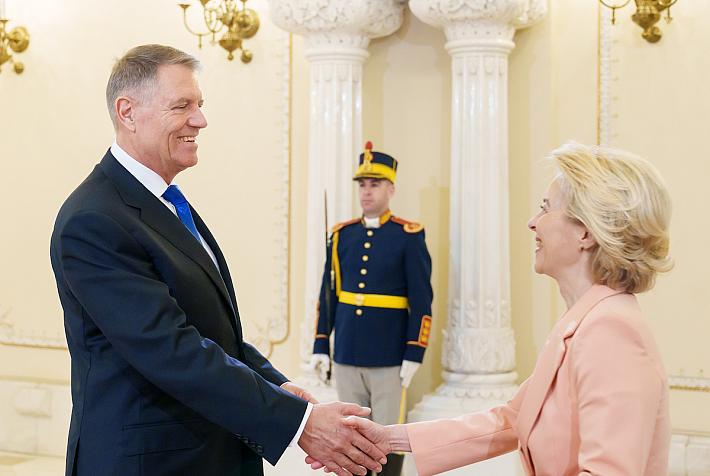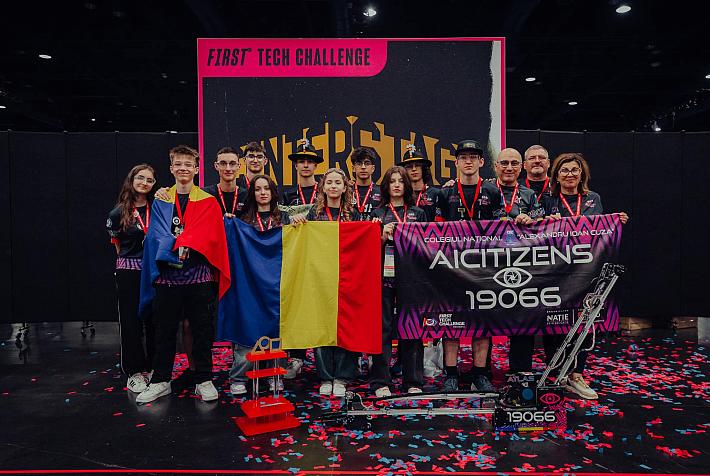Romania’s Copșa Mică through the lens of a Norwegian couple who lived there in the 1990s

Norwegians Svanhild Naterstad and Trond Berge got to know the Romanian town of Copșa Mică first hand in the early 1990s. The town in the northern part of Sibiu county, once labeled Europe's most polluted, was their home from 1991 to 1992 as Berge was carrying out research work there for his PhD. Photos they took during their stay are now included in an exhibition opening in Copșa Mică. The show, documenting the town's industrial past and its people, is also meant as a token of their affection for the country and the people of Copșa Mică, they explain. More about their experience in Copșa Mică, the upcoming exhibition, and how they have seen the town change since their first stay there below.
For couple Svanhild Naterstad and Trond Berge, Copșa Mică is the place where they got to know each other. They also made friends there and took part in various social occasions, some of which they captured on camera. They had been introduced only shortly before leaving for the Romanian town where Berge wanted to research the impact pollution had on people's lives. Copșa Mică, now home to close to 5,000 residents, had been an industrial town since the 1930s. A carbon black producer and a nonferrous materials smelter formed the core of the town's industry and were the main employers. By the 1990s, the continuous contamination in Copșa Mică became known across the country's borders, attracting the interest of journalists but also of researchers like Berge.
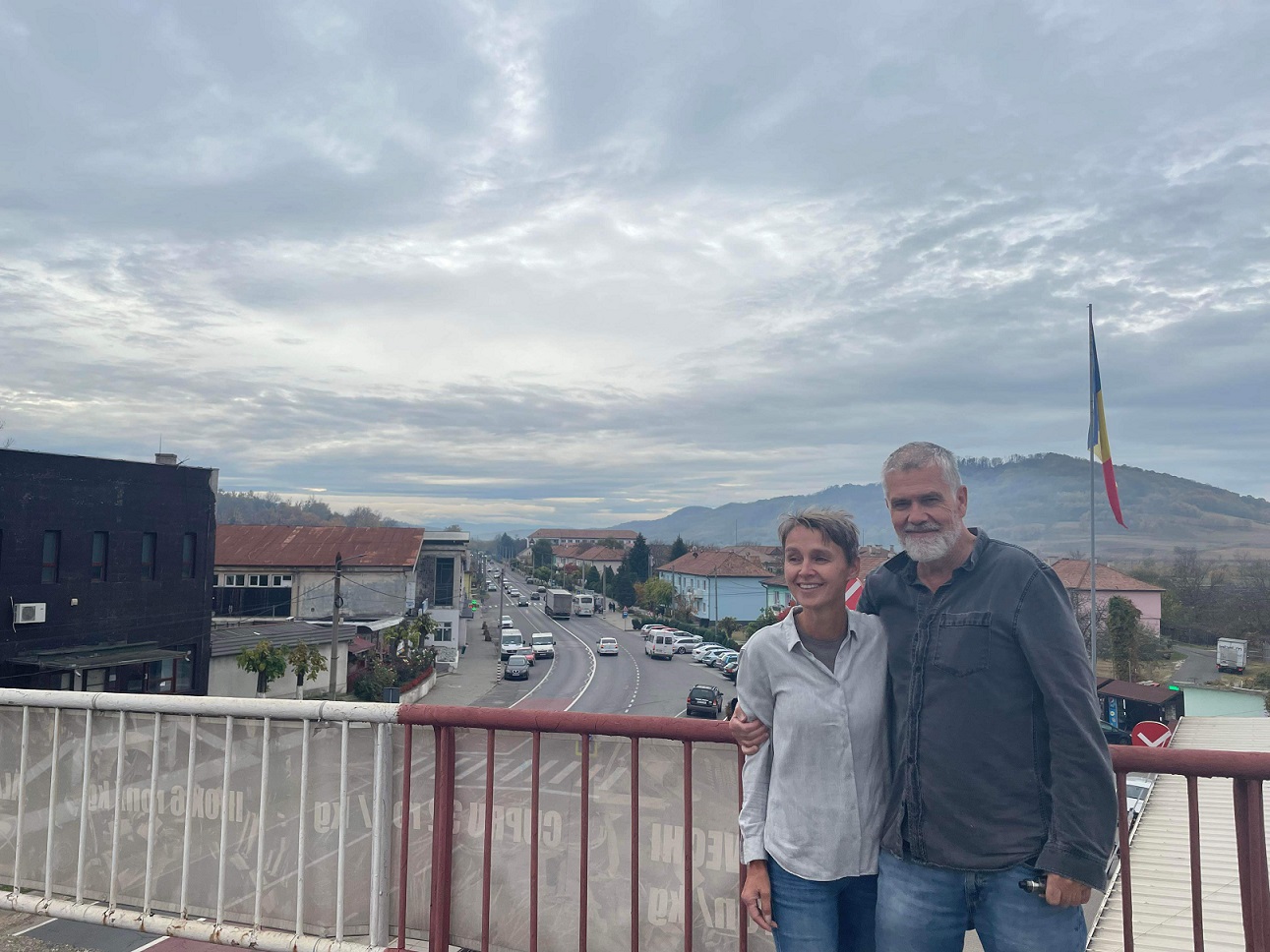
Svanhild Naterstad, who now works as a journalist, first visited Romania in 1988. "I was travelling together with a friend, just on holiday, by train. We arrived in Bucharest, and it was quite shocking. I was 20 years old; I didn't exactly know what to expect. Bucharest was grey; it was difficult to find food as a tourist. No one wanted to talk to me. It was strange," she recalls.
A trip to Sinaia followed the first stop in Bucharest, and this is where the first impressions started to change. Not only because of the beautiful landscapes but because they encountered people who dared to start a conversation with them and invite them into their homes. "People were not allowed to speak to foreigners, but they did. And we could understand more about the people and the country. That is where my interest started."
Naterstad, who had studied Latin and French the semester before, went on to study Romanian language alongside other subjects. Two years later, in the summer of 1990, she moved to Bucharest for a year.
"A lot had changed only from 1988 to the summer of 1990. Suddenly, there were 150 -200 different newspapers, for example. Everyone wanted to state their opinion. But there were still dollar shops and people queuing to get food, milk," she says of the country's early "transition" years, when the fall of the Communist regime was giving way to different political and economic realities. She learned to speak Romanian and, after one year in the country, sat her exams and earned a Magister artium in Romanian literature from the University of Olso.
"And then he called." Anthropologist Trond Berge had heard from mutual friends about her experience in the country and wanted to meet her to get her advice as he was preparing for fieldwork in Copșa Mică for his PhD. They met, started to like each other, and went to Copșa Mică together, Berge sums things up.
"I saw the news reports about it just after the 1989 Revolution, about this completely 'dark' town. I was planning to do a PhD, and I decided that Romania would be the place to go and Copșa Mică would be special," Berge remembers. "I didn't know what would happen, what the country would look like. I had this impression about everything being grey, being quite uncomfortable. Coming together with Svanhild to Romania was an adventure. In many ways, this photo exhibition is a love story. In Copșa Mică, we started to get to know each other. It's about our affection for Romania and the people of Copșa Mică," he explains.
The experience of living in Copșa Mică was surprising in many ways, from the contrast between the town's reputation and the normality of the residents' lives to the hospitality they remember encountering. "For us, beforehand, this seemed to be a place where you would be concerned about the pollution 24-7. When we arrived there, we were surprised by the normality. This was 'the black town.' It was known as the most polluted town in Europe until Chernobyl. We had these expectations of how harsh everything would be. But going there, we were witness to the normality of the life people lived," Berge explains.
"And not least, all this hospitality, kindness and people's eagerness to help us. It was a very good surprise," he adds. "At that time, many journalists were visiting Copșa Mică. They stayed for a couple of hours, and afterwards, they wrote articles about 'the dark town,' 'hell on earth' and everything else. The mayor showed us a drawer with all these business cards. 'That's what we got left,' he said. We told him we would stay there for one year, and he gave us the key to the protocol flat of Copșa Mică. He said we could stay there for free. And we stayed there for free for one year," he says.

Berge's research work was aimed at analyzing how people's lives unfolded in a place that was so impacted by pollution. Outside the academic interest, the fieldwork was also a time of forging connections and friendships.
"I'm an anthropologist. Much of my method is just hanging around to see what's up and talking with people, taking part in their everyday life," Berge explains. "We had neighbors that visited us two to three hours every day. We made a lot of friends. They introduced us to other people. It was a kind of snowball effect, where our circle of acquaintances was growing bigger and bigger all the time."

Outside the labels attached to Copșa Mică, the town's residents were more preoccupied with making ends meet than with the pollution that had made the headlines.
"In many ways, the problem with this kind of research is that we were pushing them to talk about the hell in their everyday lives. They were not that concerned about the pollution. They were more concerned about the health of their children, about getting food on the table, about the future of their jobs. […] They worked on growing grapes in their backyard," Berge explains.
"But still, it was 'the black town.' They had all this extra trouble just to keep clean and the negative away. As far as I could understand, they had accepted the situation and were more frightened that they would lose their jobs. They knew that, when the factories shut down, if they should, for instance, try to live out of the things they grew in their gardens, the soil would have been affected. In a way, pollution was more present after it had been reduced than when the factories were in full run."
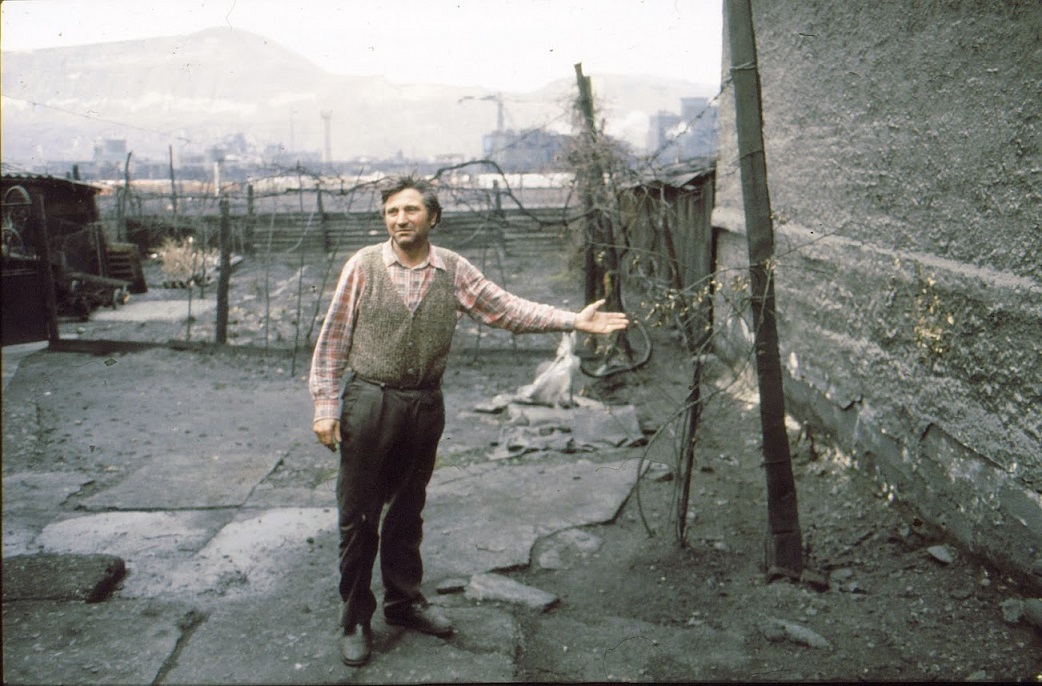
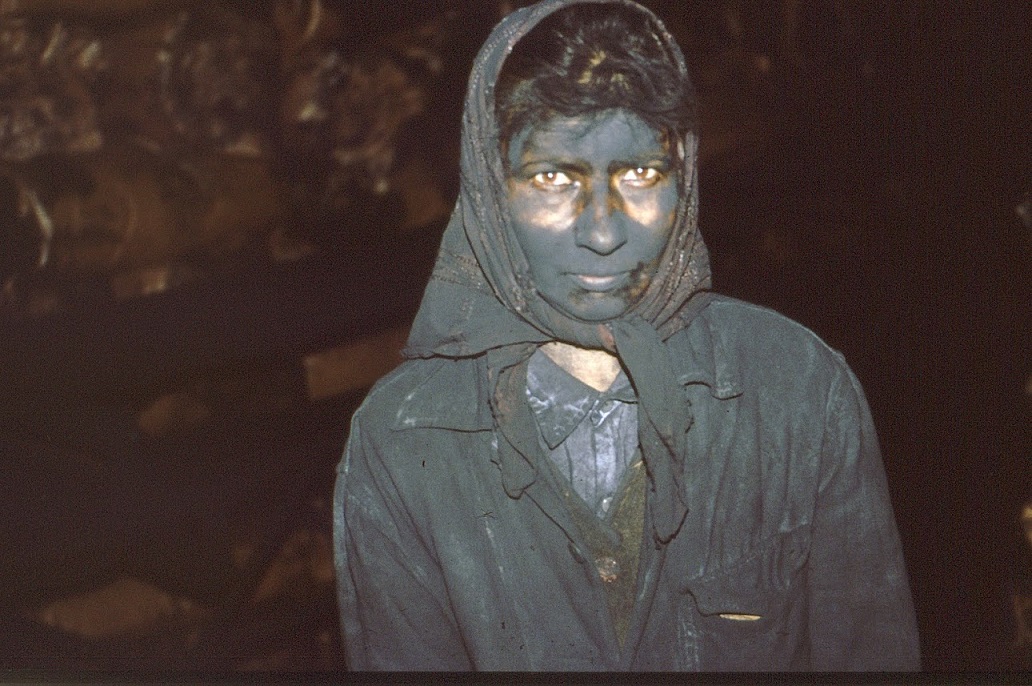
Loss and renewal
Among other instances, Berge returned to Copşa Mică in 1999 to work on a book focused on the unemployment there. It was a feeling of loss that characterized the town at the time, he says. "There is, even today, this feeling of loss. The loss of secure jobs. The loss of all the people who have left the town because of the lack of jobs. They have moved abroad. They have to commute back and forth to see their relatives."
Berge's book, Forurensning eller arbeidsløshet: Reaksjoner på industriforurensning og industrinedleggelse i byen Copsa Mica, Romania (Pollution or unemployment: Responses to industrial pollution and industrial closure in the town of Copşa Mică, Romania), was published in 2000. Naterstad also wrote a book about the country, Romania, aimed at providing a comprehensive presentation to a general audience, at times more accustomed to negative clichés. It was released in 2012.
In the meantime, the town has tried to move away from its legacy and the effects that years of pollution left on the site. Carbosin, a carbon black manufacturer which had been operating in Copşa Mică since 1936, closed down in 1993. Nonferrous materials producer Sometra, established in 1939, was taken over by Greek group Mytilineos Holdings in 1998. The area behind the town's industrial platform was reforested, and many of the houses feature colorful facades. More recently, the town has been added to the route of Via Transilvanica, the long-distance trail linking Putna, in the northern part of the country, to Turnu Severin, on the banks of the Danube.
"It is also this feeling of renewal," Berge notes. "Something has happened. Things are getting better in many ways. The hills around the town are getting green. The houses have nice colors. It is also the feeling that it's possible to survive without the factories. There are new, small industries popping up. It is my impression they have this trust that the future will be quite okay."
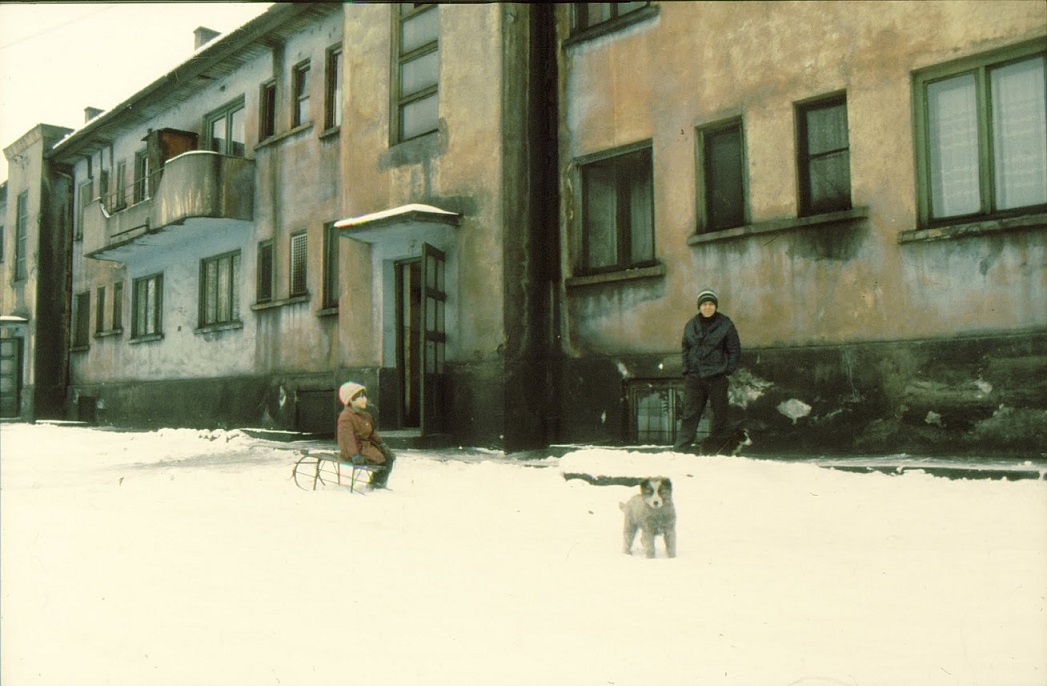
A photographic record of the town's past
The couple has traveled to Romania several times since their first stay in Copşa Mică in 1991. At the time of this interview over Zoom, they were in Sibiu, awaiting the opening of the photo exhibition, an event they hadn't planned before arriving in the country.
"We brought some pictures with us on the phone, and we showed them to people in Copşa Mică. The mayor had the idea of having an exhibition," Naterstad says. "We had a good camera, and we brought it to weddings, funerals, everywhere. We took the pictures mostly for ourselves, to document our year in Copşa Mică."
Since they were not preparing for a photo exhibition, they had only around 20 pictures with them, but their daughter travelled to Copşa Mică to bring more.
The photo selection in the show will partly be a surprise for the two as well. "We gave the photos to the mayor's office, and we are excited to see what they chose. We first made some proposals; we were afraid of having too many pictures of 'the black town.' We sent pictures of people, from weddings, and other occasions as well. They wanted to see all the pictures, and we gave them our pictures," she explains.
The show documents the town's past, and can serve as a learning opportunity for the younger generation. At the same time, it is meant as the couple's way to give back to the town where their relationship started to develop.
"We are very grateful to the mayor and his team for this opportunity to pay back, in a way, by having this exhibition. […] It's important to remember your history, and hopefully, this will also be of interest to the young generation in Copşa Mică - to see how it was and how it has changed since then," Berge says.
"It's important that people get to know Copşa Mică the way it was. It's not 'the black town' anymore. It's a town where many things are happening all the time. The mayor is an expert in getting things to happen. From the perspective of a Norwegian, I'm impressed by what has happened in Copşa Mică. People have planted trees everywhere. They have had help from a bio-psychologist to paint the houses to get them nice. Of course, there are a lot of challenges. In every town there are challenges. With the past of Copşa Mică, maybe they have more challenges than others, for instance with sewage and drinking tap water. But Copşa Mică is not 'the black town' anymore,” he adds.
The exhibition "Copşa Mică 1991-1992 - A Foray into the Past" opens on November 23 at Nicolae Teclu Technological High School in Copşa Mică.
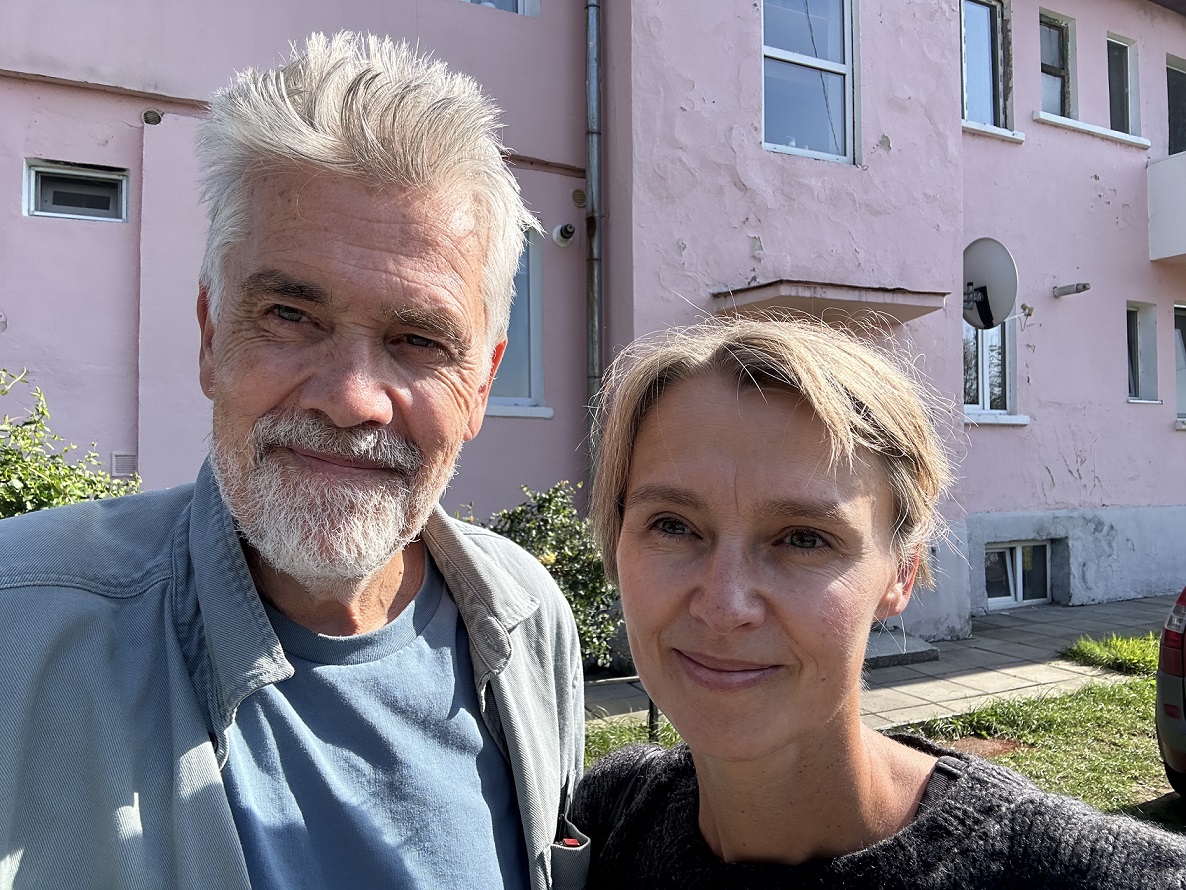
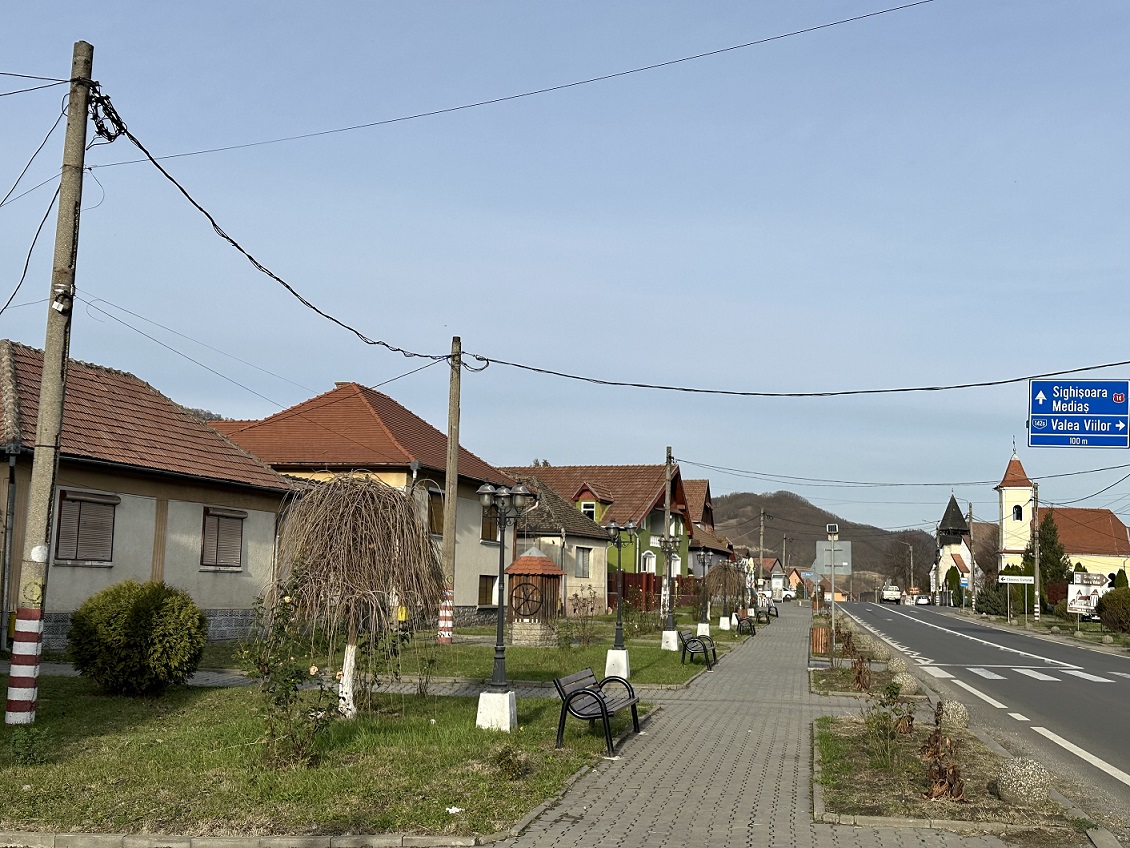
(All photos courtesy of Svanhild Naterstad and Trond Berge)
simona@romania-insider.com







